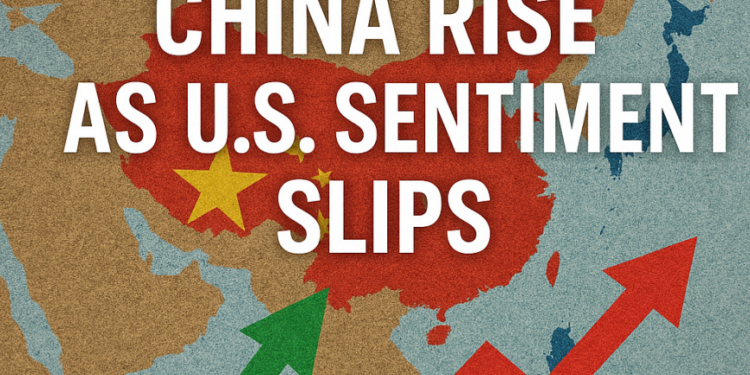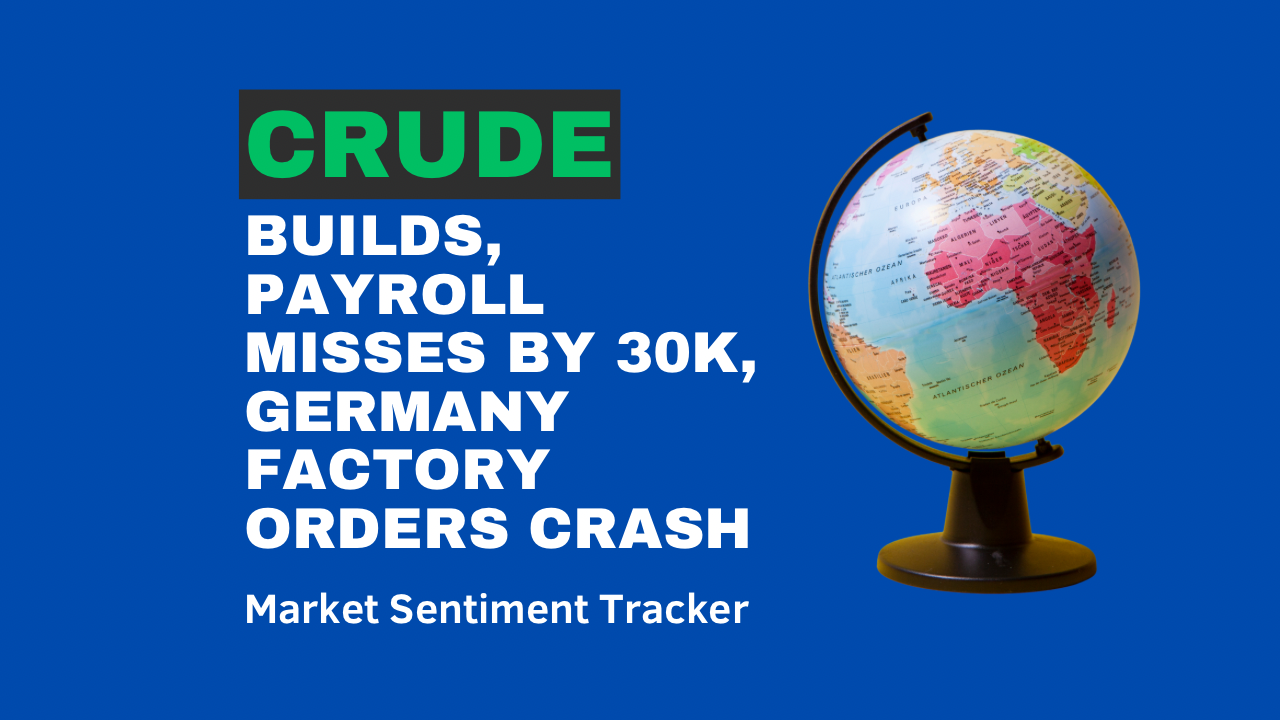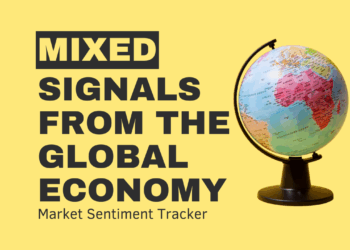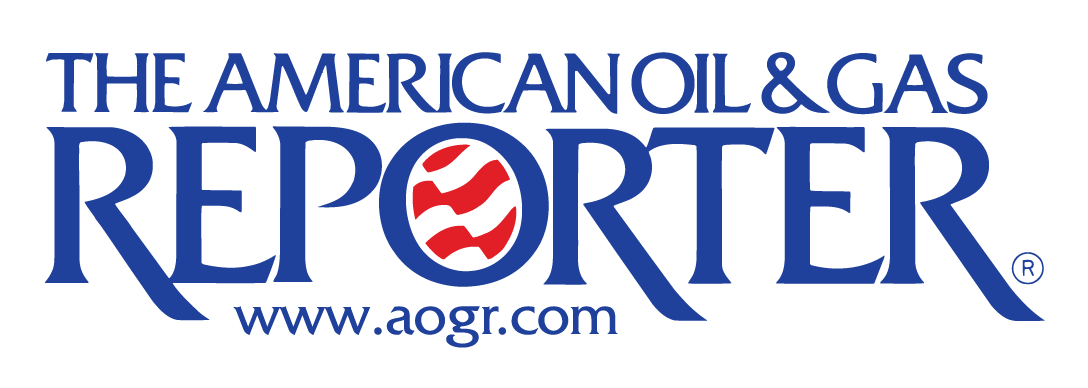The global macro picture is entering a phase of divergence that feels increasingly hard to ignore. The U.S., which has carried much of the post-COVID recovery narrative, is now showing subtle signs of fatigue — not in the hard data like jobs or headline growth just yet, but in the softer undercurrents: sentiment, pricing power, and business confidence. Inflation is easing, but so is consumer resilience. Meanwhile, China looks like it’s finally gaining traction. The credit impulse is firing, exports are rebounding, and consumer sentiment is improving — all signs that stimulus is beginning to stick. The big question now is whether this momentum can translate into a genuine demand recovery, especially in the face of deflationary pressure. Europe remains caught in the middle — industrial weakness is a clear drag, but consumer data is keeping things afloat. Heading into Q2, we could be looking at a world where China is the marginal growth engine again, the U.S. is slowing toward a soft-landing ceiling, and Europe muddles through, leaving risk assets increasingly dependent on the resilience of policy tailwinds and how quickly the global consumer re-engages. Cross-asset positioning will need to reflect that shift — less U.S.-centric, more nuanced, and alert to rotation, not collapse.

Recent U.S. data has been a bit of a mixed bag, leaning slightly negative overall. The labor market still looks solid: initial jobless claims held steady at 223K, and continuing claims edged lower. Wholesale trade sales surprised to the upside, jumping 2.4% month-over-month, and the core CPI came in cooler at 2.8% YoY, adding to the disinflation narrative. But under the surface, there are signs of softness. Producer prices missed across the board — PPI and Core PPI both came in weaker than expected, pointing to pressure on margins. More worrying is the clear deterioration in consumer sentiment. The Michigan surveys were particularly rough, with the sentiment index dropping to 50.8 and expectations sliding further. The NFIB small business optimism index also dipped. So while inflation continues to trend in the right direction, the combination of weaker sentiment and softer demand signals could cap risk appetite in the near term. It’s not enough to turn the Fed yet, but the tone is shifting. Dollar looks vulnerable on softer data, and equities may struggle to build fresh momentum from here.


China’s latest data set delivered a strong upside surprise, especially on the credit and trade fronts. New loans for March surged to ¥3.64T — well ahead of expectations — and total social financing came in close to ¥6T. That’s a strong signal that the policy support is making its way through the economy. Loan growth also ticked up, and M2 growth held steady at 7%. On the external side, exports jumped 12.4% YoY, a sharp beat that helped drive the trade surplus to over $100B. Imports were weak, down 4.3%, which still points to sluggish domestic demand, but that’s the only soft spot in an otherwise encouraging print. Inflation remains subdued — CPI flat, and PPI still deep in negative territory — but consumer sentiment is showing signs of life, with the IPSOS index rising to 72.9. All in, the tone out of China is improving. With credit and trade both running hot, and sentiment turning, the macro momentum looks to be shifting in Beijing’s favor. Bullish for China-linked assets and commodities, though domestic demand still needs to catch up.


Europe’s data continues to be uneven, but there are a few bright spots. On the weaker side, Italy’s industrial production posted another drop, and France’s trade balance widened more than expected. Germany’s inflation eased a touch, and sentiment data (like the IPSOS index) was a bit softer. But there’s some resilience underneath. Germany’s current account came in strong at €20B, and Spanish inflation held up well. The UK, in particular, stood out this week: GDP rose 0.5% MoM, with big upside in manufacturing (+2.2%), construction, and services. That’s a solid beat across the board. The trade balance is still a drag, but overall, the UK print supports a more balanced view on growth. Taken together, Europe still looks soft on the industrial side, but not falling apart. Inflation is easing gradually, and consumer-facing data is hanging in there. The ECB has room to stay patient, and the euro probably holds its range for now, with a slightly constructive bias as downside risks ease.
















